The Voyager 1 spacecraft: mankind’s message in a bottle in the vast ocean of outer space
Nearly 40 years ago, the human race sent a small, unassuming probe on what is perhaps the most intrepid, absurd, and strangely hopeful journeys ever undertaken. Its mission: to go further away from the planet Earth than any man-made object has every gone before.
A plucky little probe
Voyager 1, and its twin, Voyager 2, were conceived by NASA during the height of the space race, at a time when humanity’s fascination with exploring the next great frontier of outer space was at its peak. The two probes were intended to be part of a planetary ‘Grand Tour’, in which several craft were intended to be sent to Jupiter, Saturn, Uranus, Neptune, and Pluto. An ambitious project that was later scaled down, it nonetheless laid the groundwork for an even more far-reaching feat.
Constructed by the Jet Propulsion Laboratory, the Voyager spacecraft were self-sufficient by design, being the first capable of totally computer-controlled flight (using only 69.63kb of memory - enough to store the average jpeg file). They contained an array of scientific instruments as well as onboard cameras, and were powered by three radioisotope thermoelectric generators each, providing around 470 watts of power at the time of launch.
Meeting the neighbours
Voyager 1 was launched on September 5, 1977, passing by Jupiter in 1979, and Saturn in 1980, sending back some of the most amazing images of our planetary neighbours and their moons ever taken. On the way, it also sent back the first ever image of the Earth and the Moon together in a single frame.
Having completed its primary mission, the brave little probe was then sent on its final and infinite journey out beyond the reaches of the solar system.
The pale blue dot
Just before crossing the border of this tiny corner of space we call home, Voyager 1 was commanded by NASA (at the request of astronomer Carl Sagan) to turn around for one last look at Earth, and to take what is perhaps the most striking photograph of our home planet that will ever exist:
To quote Sagan himself, who put it better than I ever could:
“We succeeded in taking that picture, and, if you look at it, you see a dot. That's here. That's home. That's us. On it, everyone you ever heard of, every human being who ever lived, lived out their lives. The aggregate of all our joys and sufferings, thousands of confident religions, ideologies and economic doctrines, every hunter and forager, every hero and coward, every creator and destroyer of civilizations, every king and peasant, every young couple in love, every hopeful child, every mother and father, every inventor and explorer, every teacher of morals, every corrupt politician, every superstar, every supreme leader, every saint and sinner in the history of our species, lived there – on a mote of dust, suspended in a sunbeam.”
Today, nearly four decades later, Voyager is still moving away from Earth at a speed of around 17 kilometres per second (11mi/s), and is still in contact with NASA - despite having the transmitting power of a refrigerator light bulb, a transmission rate of around 160 bits per second (1.25% of a slow dial-up internet connection), and a signal strength that's reduced to a billionth of a billionth of a watt by the time it reaches Earth over 17 and half hours later. In 2012, it became the first spacecraft to cross the heliopause and enter interstellar space. At the time of writing, Voyager 1 was at a whopping (and ever-increasing) 20,302,870,855 km from the Sun (you can see a real-time odometer on NASA's website here).
The Golden Record
Although it will run out of power and shut down eventually, Voyager 1’s mission is intended to be effectively endless, as a kind of message in a bottle to be potentially discovered by another spacefaring race in a galaxy far, far away. To this end, it contains one of the most interesting pieces of media every produced by the human race: the Golden Record.
The Golden Record is a phonograph record, made of gold-plated copper, intended to be part time capsule, part introduction to humanity and our home. Its cover (pictured above), includes symbolic instructions on how to play and decode the information on the record, as well as an indication of the cosmic location of our Sun.
Included on the Golden Record are encoded images of mathematical equations, scientific discoveries, our solar system and its planets, life on Earth, and humanity itself.
A variety of audio information was also encoded on the record, including greetings in 55 languages, various sounds of earth (mostly animals, natural phenomena, and man-made sounds), and pieces of music, including Bach, Beethoven, Mozart, Chuck Berry, Louis Armstrong, and a range of traditional music from around the world. In 2015, NASA released the contents of the Golden Record for public listening via Soundcloud.
Also included was an hour-long recording of the brainwaves of Ann Druyan (later wife of Carl Sagan) during which, in her words:
“I had a one-hour mental itinerary of the information I wished to convey. I began by thinking about the history of Earth and the life it sustains. To the best of my abilities I tried to think something of the history of ideas and human social organization. I thought about the predicament that our civilization finds itself in and about the violence and poverty that make this planet a hell for so many of its inhabitants. Toward the end I permitted myself a personal statement of what it was like to fall in love.”
Into the unknown
Even if other spacefaring races do exist somewhere in the universe, the likelihood of Voyager 1 ever being found by one is, of course, exceedingly small. Still, it represents something fascinating and perhaps unique about our species in the hopefulness it conveys, and is one of the most fascinating projects our species has ever undertaken.
Even now, Voyager 1 is still drifting through the vastness of space on its neverending journey, quietly transmitting information about the unimaginably distant and empty places that it is the first to discover. Spare a thought for this metallic messenger, the first of its kind to carry a tiny fragment of the knowledge of our species into the vast uncharted territory of outer space.
Sources
- https://en.wikipedia.org/wiki/Voyager_Golden_Record
- https://en.wikipedia.org/wiki/Voyager_1
- http://webodysseum.com/art/116-images-of-the-voyager-golden-record/
- http://www.space.com/26041-nasa-voyager-probes-solar-system-legacy.html
- http://voyager.jpl.nasa.gov
- http://www.wired.com/2013/09/vintage-voyager-probes/
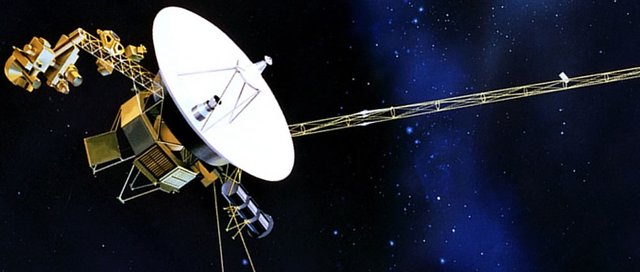
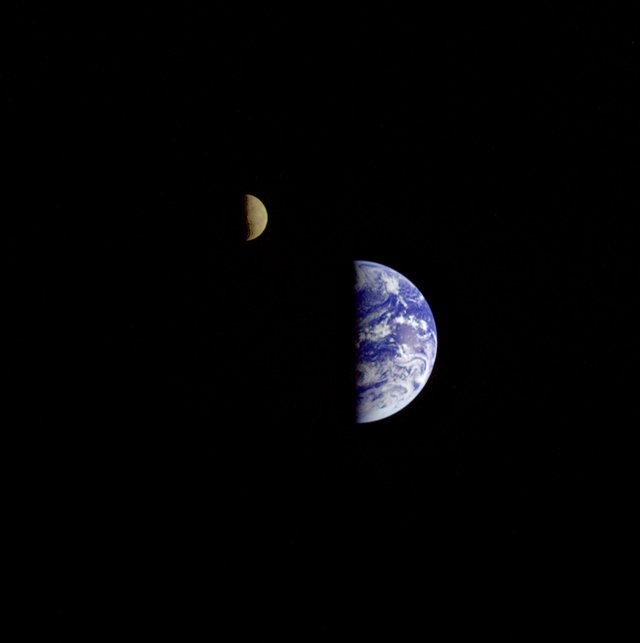
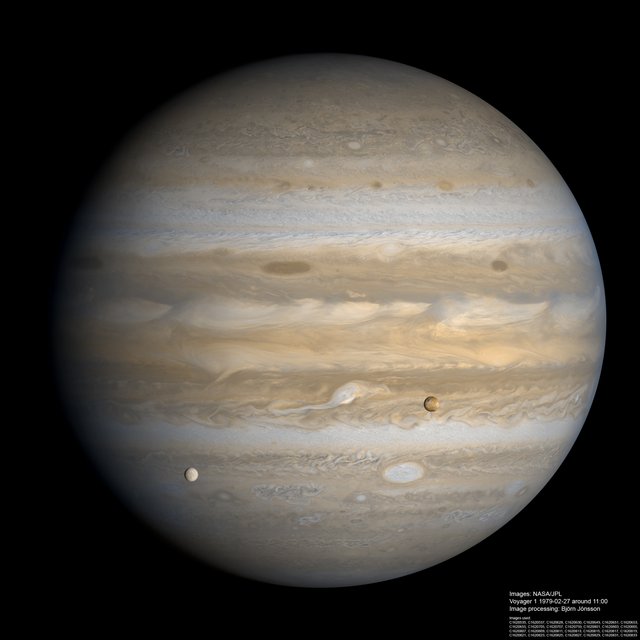
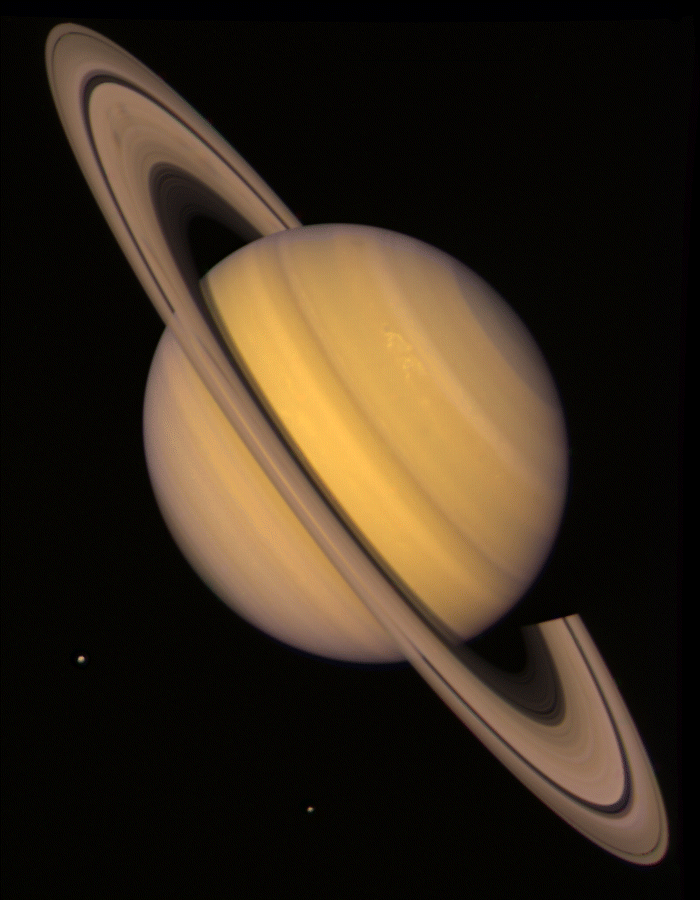
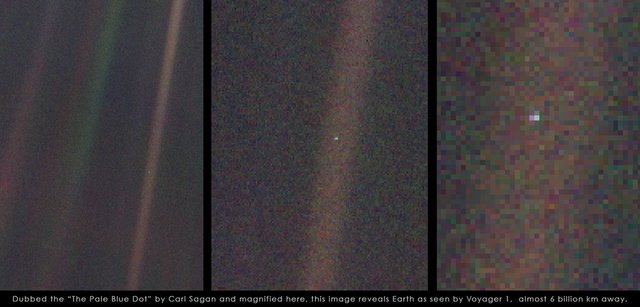
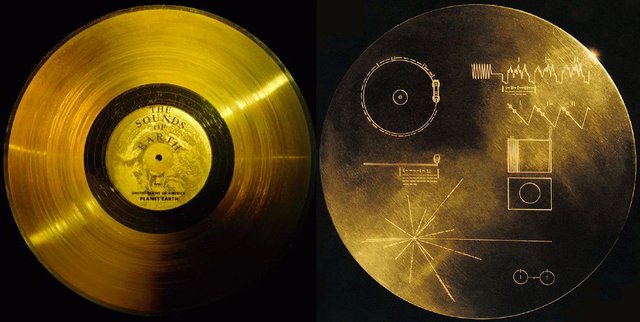
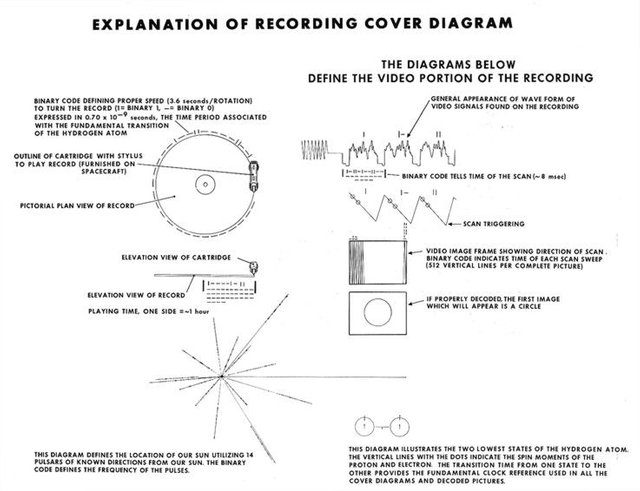
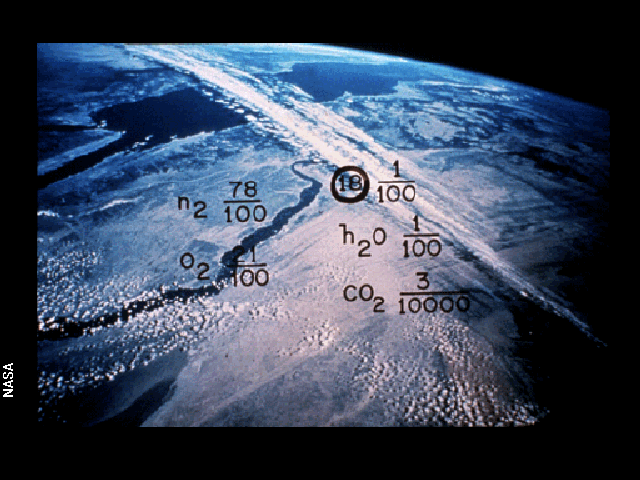

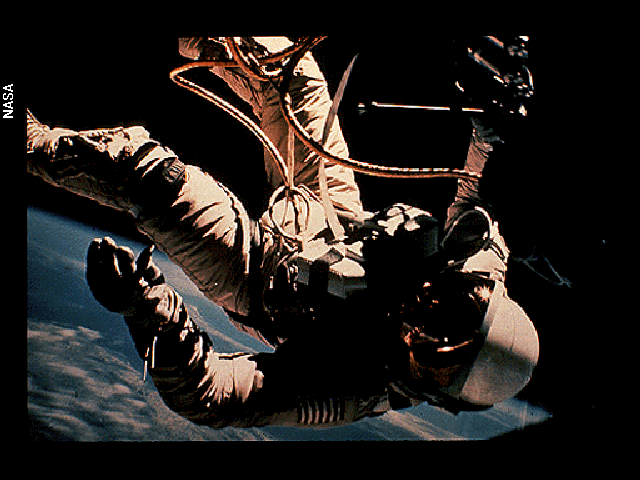
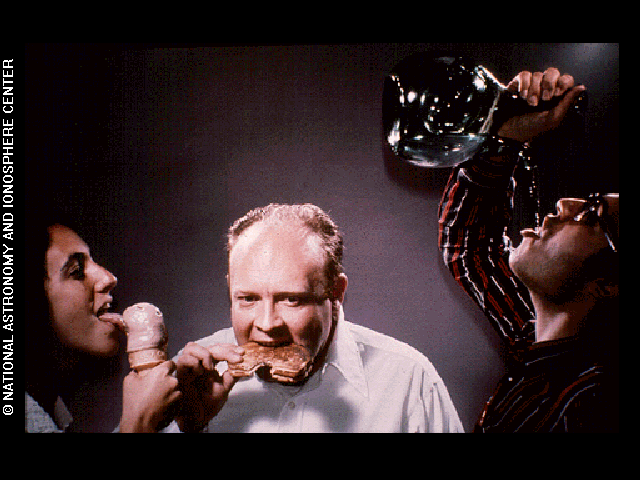
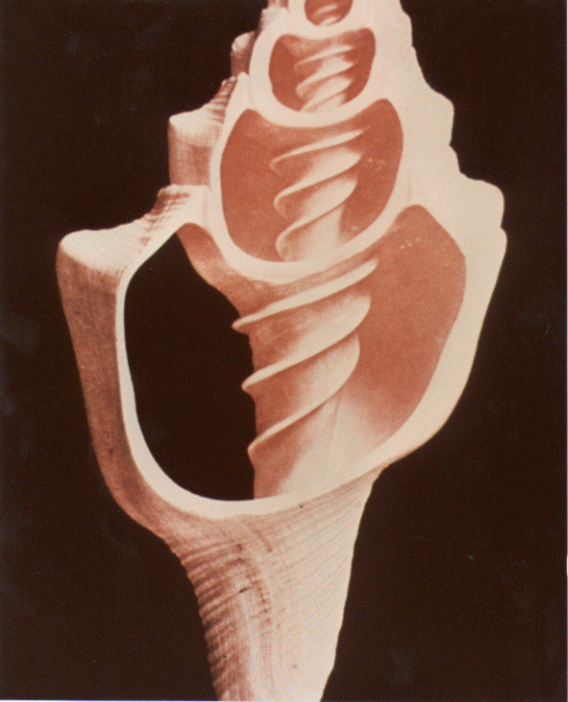
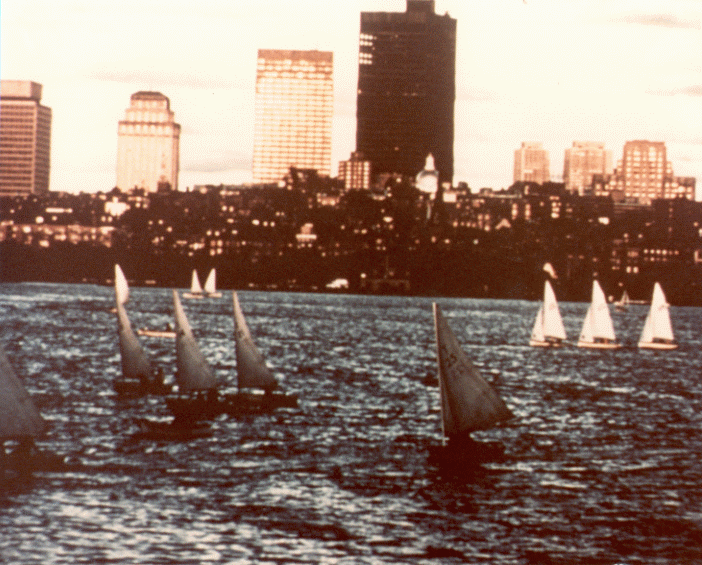
Awesome well composed article!!!!!
Thanks! This was a fun one to write.
Double Uptuck for space things!
@calva upvote this space monkey!
awesome post, makes you think.
Nice @generalspecific
Shot you an Upvote :)
Nice @generalspecific
Shot you an Upvote :)
Nice @generalspecific
Shot you an Upvote :)
Keep up the great work @generalspecific
Upvoted